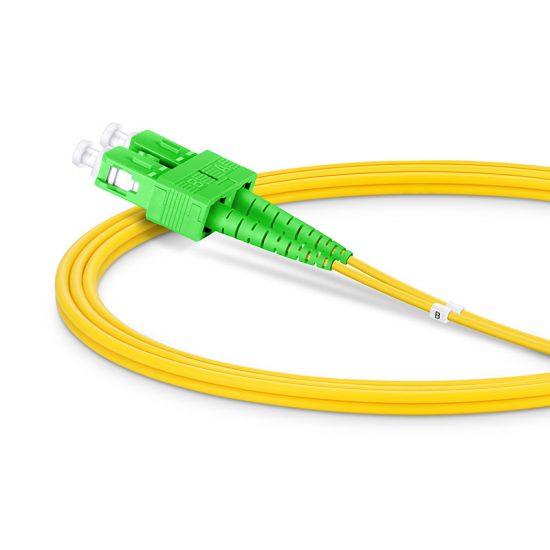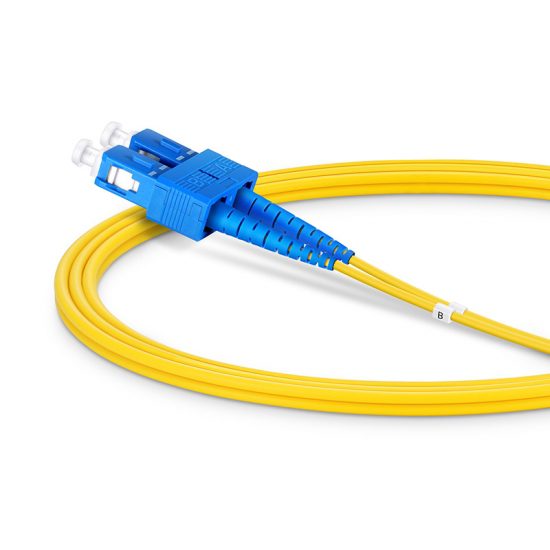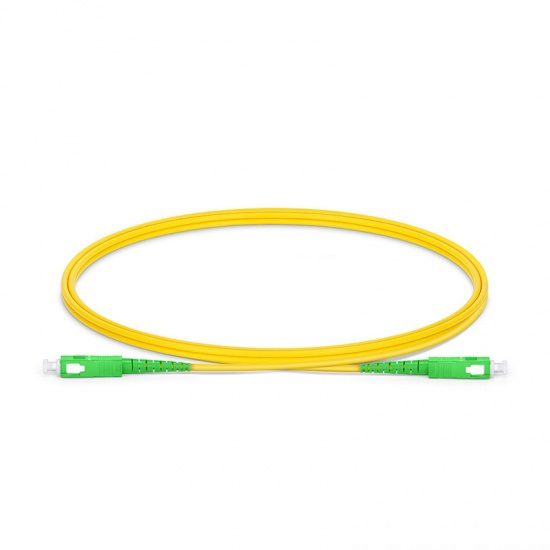Introduction:
In the world of optical fiber communication, one essential component that ensures reliable and efficient data transmission is the fiber pigtail. Whether you’re a seasoned professional or a curious enthusiast, understanding the concept, applications, and types of fiber pigtails can empower you to optimize connectivity within optical fiber systems. In this comprehensive guide, we will explore the intricacies of fiber pigtails and shed light on their significance in seamless data transfer.
What is a Fiber Pigtail?
A fiber pigtail is a short length of optical fiber cable that features a connector pre-installed on one end and exposed fiber strands on the other. Think of it as a bridge between the fiber optic cable and the devices or components it connects to. The connector on the pigtail end enables convenient connectivity, making it a vital asset in optical fiber systems.
The Role of Pigtail in Optical Fiber :
Within the realm of optical fiber communication, a fiber pigtail serves two primary purposes: splicing and interconnection. Splicing involves fusing or mechanically joining the pigtail with an existing fiber optic cable to create a continuous, low-loss connection. This process ensures that the optical signals can pass seamlessly from one fiber to another, minimizing signal loss and maintaining data integrity.
On the other hand, interconnection entails connecting the pigtail to devices like transceivers, switches, or patch panels, facilitating the establishment of optical links. By employing connectors on the pigtail end, these devices can be easily connected or disconnected, allowing for flexibility in network configuration and maintenance.
Applications of Fiber Pigtails
The versatility of fiber pigtails is evident in their wide range of applications. Let’s explore some of the key areas where fiber pigtails prove invaluable:
Data Centers:
Data centers rely on fiber pigtails to connect fiber optic cables with network equipment, including servers, switches, and routers. This seamless integration enables high-speed data transmission, contributing to the smooth functioning of data center infrastructure. Fiber pigtails are often used in conjunction with patch panels to provide a structured and organized cabling system within the data center.
Telecommunication Networks:
In the vast landscape of telecommunication networks, fiber pigtails play a crucial role. They connect optical fibers from various locations or splice them together in distribution frames or splice enclosures, facilitating uninterrupted and efficient communication. Fiber pigtails enable the expansion of telecommunication networks by providing a convenient means of connecting new fibers or extending existing ones.
Fiber Optic Testing and Measurement:
Fiber pigtails are indispensable during testing and measurement processes. They allow for the connection of optical power meters, optical time-domain reflectometers (OTDR), and other testing equipment to analyze and evaluate the performance of the fiber under scrutiny. By using fiber pigtails, technicians can accurately measure key parameters such as signal loss, reflectance, and dispersion, ensuring the optimal functioning of the fiber optic network.
Types of Fiber Pigtails :
Understanding the different types of fiber pigtails can help you select the most suitable option for your specific needs. Here are the main types:
- Single-mode Fiber Pigtail: Single-mode fiber pigtails are designed for long-distance transmission. They have a smaller core size (typically 9µm) and are ideal for high-speed communication systems, such as long-haul networks or telecommunications applications. The narrow core size allows for the propagation of a single mode of light, reducing signal distortion and enabling greater transmission distances.
- Multimode Fiber Pigtail: Multimode fiber pigtails feature a larger core size (usually 50µm or 62.5µm). They are primarily used for short-distance applications within data centers or local area networks (LANs), where high bandwidth is not a requirement. Multimode fibers can accommodate multiple modes of light propagation, making them suitable for applications that do not demand long transmission distances.
- Simplex and Duplex Fiber Pigtails: Simplex pigtails consist of a single fiber, while duplex pigtails contain two fibers within a single cable. Duplex pigtails are commonly used for bidirectional communication, such as in fiber optic transceivers, ensuring efficient data transfer in both directions. Simplex pigtails, on the other hand, are useful in applications where unidirectional data transmission is sufficient.
Conclusion
In conclusion, fiber pigtails play a vital role in optimizing connectivity within optical fiber communication systems. By comprehending the concept, applications, and types of fiber pigtails, you can make informed decisions to enhance the performance and reliability of your optical fiber networks. Embrace the power of fiber pigtails and unlock the seamless transmission of data in the digital age. With their ability to facilitate splicing and interconnection, fiber pigtails form the backbone of modern communication networks, providing robust and efficient data transfer. Choose the appropriate type of fiber pigtail for your specific requirements, whether it is single-mode or multimode, simplex or duplex, and experience the power of seamless connectivity in the world of optical fiber communication.




